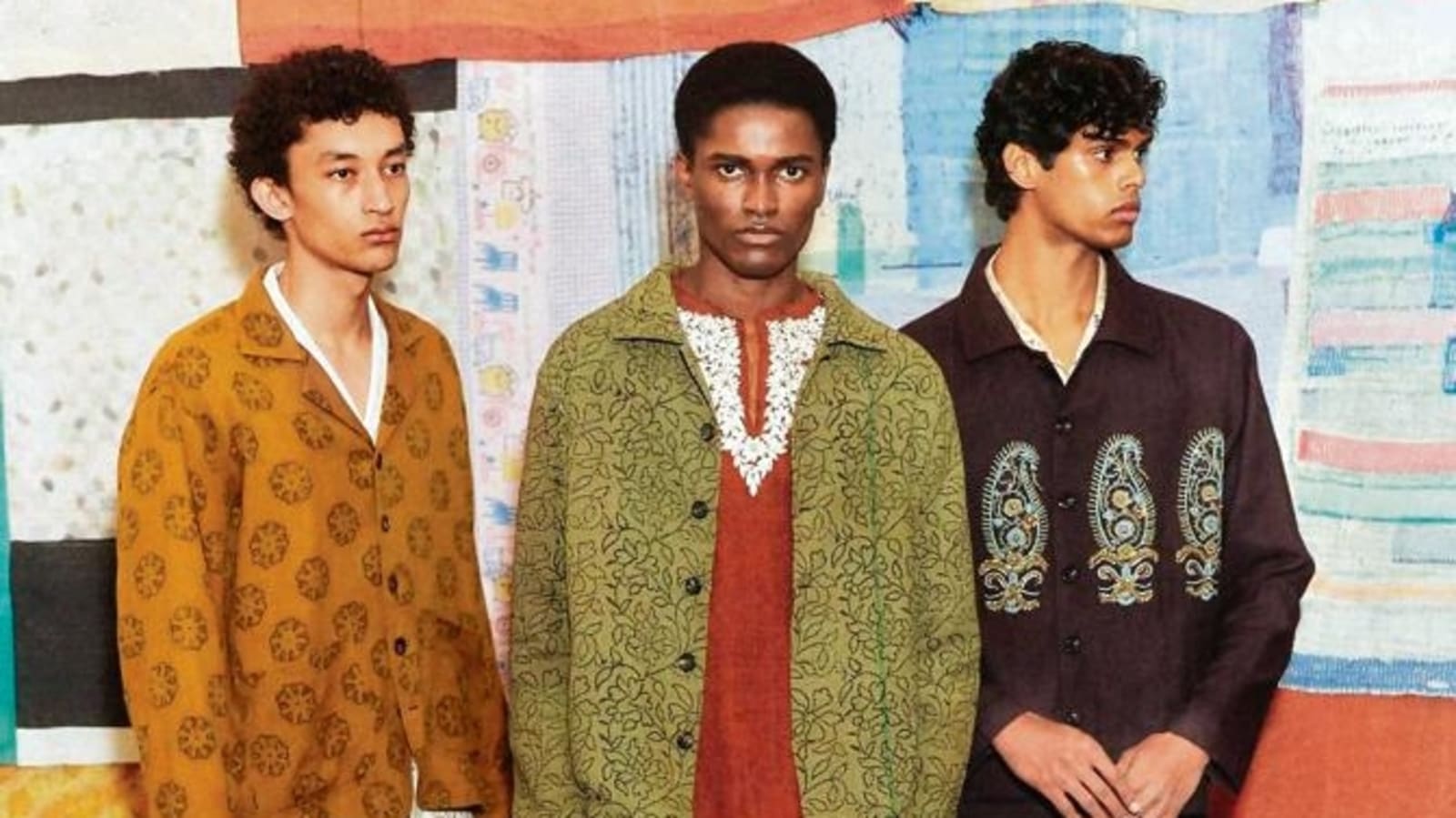India’s handloom fabrics have been an integral part of the country’s cultural tapestry. As we celebrate National Handloom Day today, a new generation of designers has emerged at the forefront of breathing new life into our textile legacy. From incorporating the unique Maheshwari weaves of Madhya Pradesh to the delicate Jamdani of West Bengal, these designers are not only preserving this invaluable craft but also elevating it to new heights.
Ateev Anand, from Re-ceremonial — a luxury clothing brand recycling textiles, shares, “We are trying to re-establish rooted design expressions via craftsmanship. We source our material from traditional crafts, which were over time exposed to ‘modern ideas’ and therefore a loss of original heritage.” He adds, “We want people to know they are buying not just a label but centuries worth of practice and culture.

” For Vaishali Shadangule, founder, Vaishali S Couture, the handloom techniques of Jamdani, Khun, Kesarpat and Maheshwari are a constant in her collections. “These weaves are close to my heart. It gives me unparalleled satisfaction to bring them to a luxury stage.
” Her work has also brought the younger generation of weavers, who had left their villages for the big cities, back to the looms. “The women especially have higher social status and economic freedom because of this,” she shares. Rina Singh, founder, Eka, a textile-led contemporary design studio, emphasises the blend of traditional and modern in her work.
“We work with rural belts, often using Jamdani, Pashmina and Bhagalpur textiles. One of our rarest collections was developed for the Telangana Craft Cluster Scheme, using organic and wild thigh-reeled tussar silk from Mahadevpur. She feels, “Handlooms don’t need sympathy; they need younger aesthetics to be seen as cool.
” Gaurav Khanijo, the founder of Khanijo, tells us about his approach to integrating traditional crafts with contemporary fashion. “The idea is to make traditional craftsmanship relevant, like motifs inspired by cultural heritage and cutting-edge silhouettes in contemporary styles. We use a lot of handwoven silk, Khadi and traditional embroidery like Kantha quilting.
I like to experiment with different projects like ikkat and ajrakh block printing,” he shares. Kartik Kumra, the brain behind Kartik Research, stresses the unique character of handlooms. “We intend to tell unique stories through each modern vintage aesthetic because it’s handmade and can’t be duplicated.
We reference the past, working collaboratively with fourth- and fifth-generation weavers to develop our ideas for the brand. This results in high-standard outputs that are easy to translate into our silhouettes,” says the designer..



















